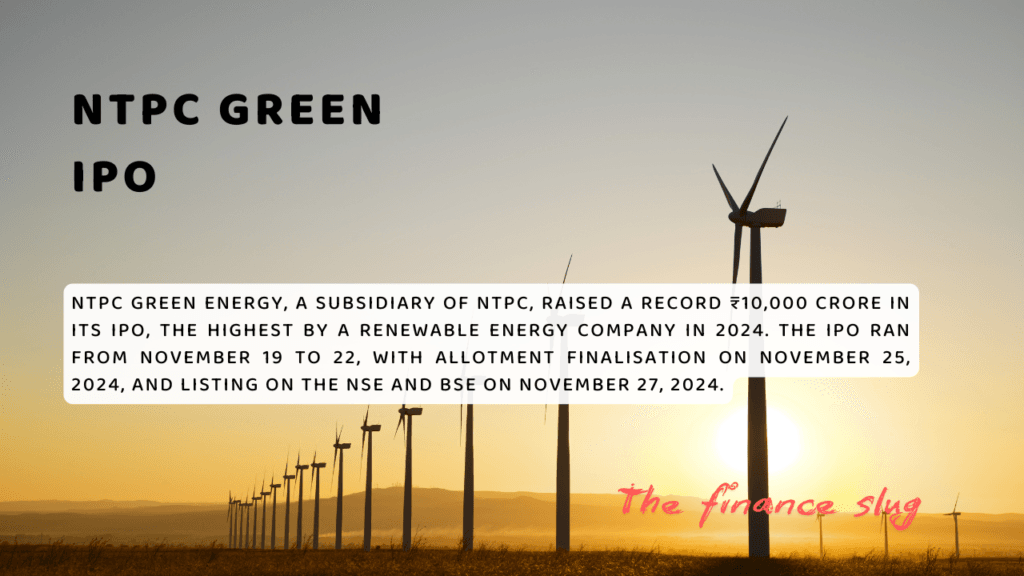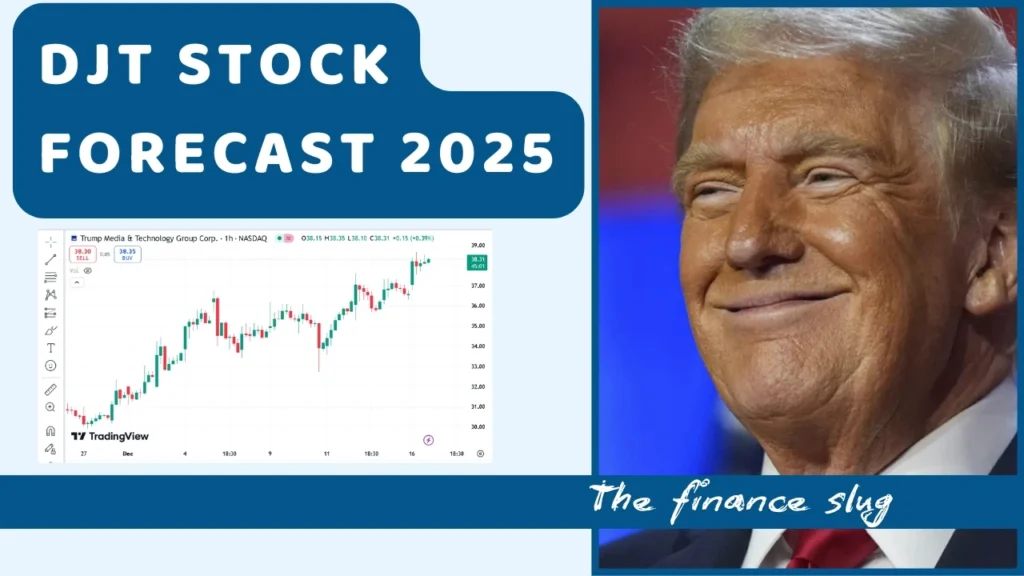Published on financeslug.xyz

The global financial markets are reeling from a massive sell-off, and Indian equity benchmark indices BSE Sensex and Nifty50 took a brutal hit on Monday. Both indices plunged over 4%, marking one of the worst trading sessions in recent memory. At 10:41 AM, BSE Sensex was trading at 72,505.18, down 2,860 points or 3.79%, while Nifty50 stood at 21,975.90, down 929 points or 4.05%. The carnage wasn’t limited to the benchmarks – the broader market, including small-cap and mid-cap indices, saw declines of 10% and 7.3%, respectively.
Why Are Markets Crashing?
The turmoil in Indian markets is a ripple effect of global uncertainty, primarily triggered by U.S. President Donald Trump’s sweeping tariff announcements. Here’s a breakdown of the key factors driving the crash:
1. U.S. Market in Bear Territory
The Nasdaq index entered bear market territory on Friday, dropping over 20% from its recent peak. Trump’s extensive tariffs have raised fears of a global economic slowdown, catching investors off guard. Federal Reserve Chairman Jerome Powell warned that these tariffs could stoke inflation and hinder U.S. economic growth, adding to the uncertainty.
2. Global Market Crash
The panic wasn’t confined to the U.S. Asian markets took a beating, with Japan’s Nikkei falling 7%, South Korea’s Kospi declining 5%, and China’s blue-chip index dropping nearly 7%. Hong Kong’s Hang Seng saw the steepest drop, plunging over 10.5%. U.S. and European futures also signaled continued weakness, with Nasdaq futures down 4% and S&P 500 futures sliding 3.1%.
3. U.S. Recession Fears
Investors are now more concerned about a potential U.S. recession than immediate inflation risks. The upcoming U.S. consumer price index (CPI) report is expected to show a modest 0.3% rise for March, but experts fear that new tariffs will drive up costs across industries, from food to automobiles. As the earnings season kicks off, companies may face squeezed profit margins due to higher operational costs.
4. Plunge in Global Commodity Prices
Commodity markets are also in distress, with Brent crude oil prices falling 6.5% and WTI dropping 7.4%. Precious metals like gold and silver declined by 2.4% and 7.3%, respectively, while industrial metals such as copper, zinc, and aluminum saw significant losses. This reflects growing investor anxiety over trade disputes and economic contraction.
5. Shift to Safe Havens
As panic spreads, investors are flocking to safe-haven assets like U.S. Treasury bonds, pushing the 10-year yield down by 8 basis points to 3.916%. Fed funds futures trading suggests a 56% chance of a rate cut by May, despite Fed Chair Jerome Powell’s cautious stance on policy changes.
6. Escalating Trade War
The trade war between the U.S. and China has intensified, with China imposing retaliatory tariffs on American goods. This tit-for-tat escalation is fueling fears of disrupted supply chains, lower corporate profits, and weakened global demand, further pressuring equity markets worldwide.
Indian Market Impact
In India, the fallout was severe. Top losers on the BSE Sensex included Tata Steel (-10%), Tata Motors (-7.86%), Infosys (-6.98%), Tech Mahindra (-6.36%), and L&T (-6.45%). All 13 sectors saw declines, with Nifty Metal dropping 8%, Nifty IT falling over 7%, and sectors like Auto, Realty, and Oil & Gas each declining more than 5%. The combined market cap of BSE-listed companies shrank by Rs 19.4 lakh crore, bringing the total to Rs 383.95 lakh crore.
Smaller and mid-sized enterprises were hit harder, with small-cap and mid-cap indices falling 10% and 7.3%, respectively. Technology firms with significant U.S. revenue exposure saw a 7% decline, while the broader market sentiment turned bearish.
Expert Insights
Dr. V K Vijayakumar, Chief Investment Strategist at Geojit Financial Services, advises caution. “Globally, markets are experiencing heightened volatility due to extreme uncertainty. No one knows how the Trump tariffs will play out,” he said. However, he remains optimistic about India’s resilience, noting that India’s exports to the U.S. account for only about 2% of GDP, limiting the impact on growth. He also highlighted potential opportunities in domestic consumption themes like financials, aviation, hotels, autos, cement, defense, and digital platforms, which may weather the storm.
Vijayakumar added that Trump is unlikely to impose tariffs on pharmaceuticals, making this segment a potential safe bet. He also believes India’s ongoing Bilateral Trade Agreement negotiations with the U.S. could lead to lower tariffs, offering some relief.
What’s Next?
The coming week is critical. Domestically, the Monetary Policy Committee (MPC) meeting concludes on April 9, with key economic indicators like IIP and CPI data due on April 11. The quarterly earnings season begins with TCS announcing results on April 10. Globally, investors will closely watch trade developments and U.S. economic data.
For now, Vijayakumar recommends a “wait and watch” approach. “Irrational Trump tariffs won’t last long,” he predicts, urging investors to stay patient.
Stay Informed
At financeslug.xyz, we’re committed to keeping you updated on the latest market movements, economic trends, and investment strategies. Bookmark our site for real-time news, expert analysis, and tips to navigate these turbulent times. Whether you’re a seasoned investor or just starting, understanding these global shifts is crucial for making informed decisions.
Disclaimer: The information provided is for educational purposes only and should not be considered financial advice. Always consult with a certified financial advisor before making investment decisions.
Stay tuned to financeslug.xyz for more updates on the stock market, personal finance, and economic trends. Let’s navigate this storm together!

